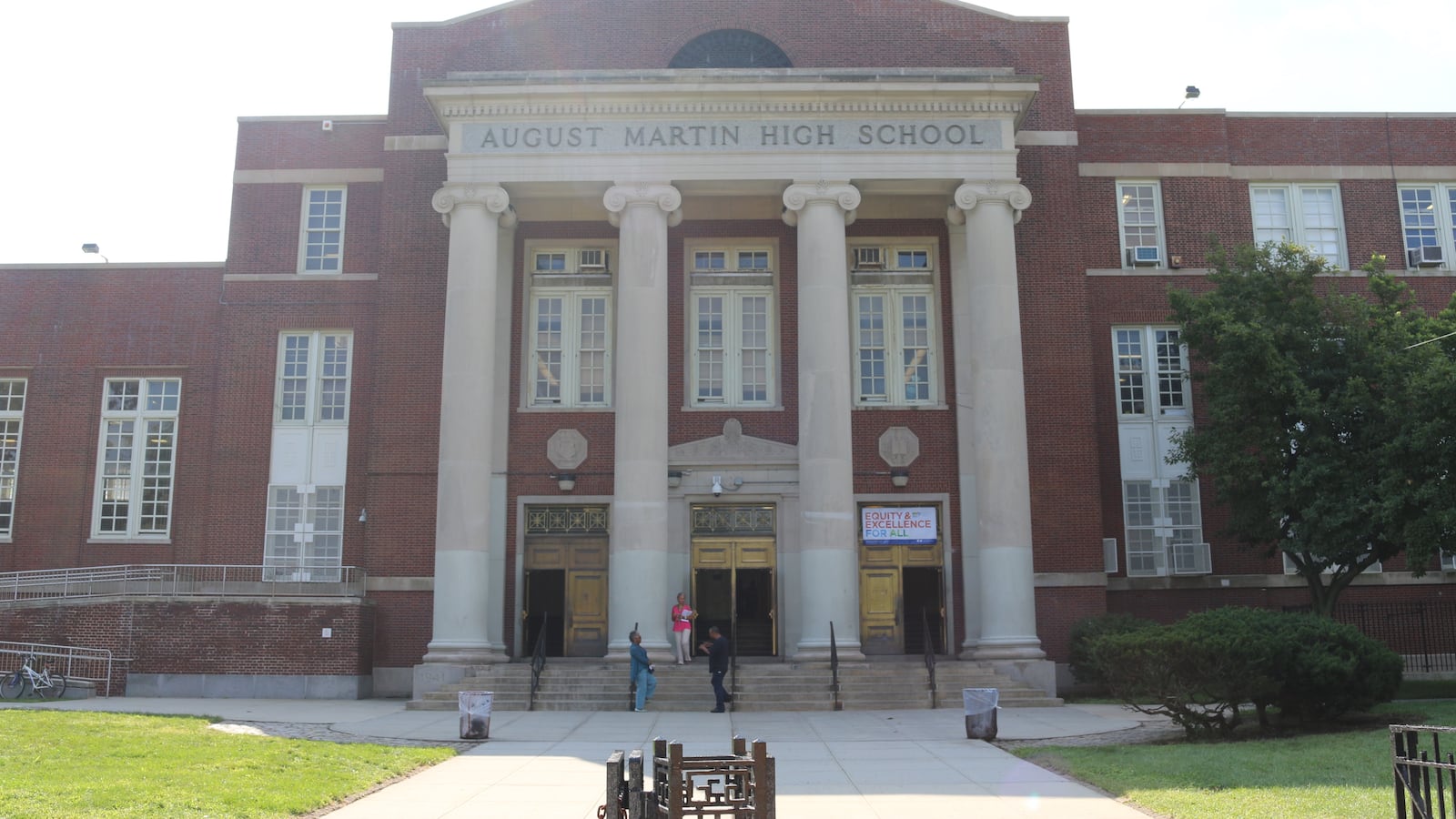Almost 40 percent of teachers working at low-performing schools in Mayor Bill de Blasio’s signature school-improvement program in 2014 were gone two years later, according to data compiled by the city teachers union — a far higher share than the 23 percent of teachers who left the city’s other schools during that period.
The high turnover rate among 78 schools in de Blasio’s “School Renewal” program is partly intentional: Schools Chancellor Carmen Fariña has encouraged principals to remove teachers they feel aren’t up for the job, and officials have forced the entire staffs at eight Renewal schools to reapply for their positions.
But it also reflects difficult teaching conditions in struggling schools that are under immense pressure to show gains; sagging enrollment that creates the need for fewer teachers; and dysfunctional or rotating leadership that can leave schools adrift. (As Chalkbeat reported last month, almost 60 percent of Renewal schools have seen at least one leadership change since the start of the program, which funnels extra social services and academic support into the city’s weakest schools.)
The degree of turnover varies widely among schools in the $582 million Renewal program, according to the data collected by the United Federation of Teachers. Schools with the greatest teacher churn often suffer from unstable or unsupportive school leadership, union officials said, noting that the turnover can undermine the city’s reform efforts.
“For schools like these to stabilize and improve,” said Janella Hinds, the UFT’s vice president of high schools, “the [education department] has to stabilize the workforce in these buildings.”
The variation among Renewal schools is dramatic.
At August Martin High School in Queens, 90 percent of teachers left or were replaced during the program’s first two years — the result of the city-union deal that required all the school’s teachers to reapply for their jobs. Just eight August Martin staffers were rehired; across all the schools with forced “restaffing,” about half the staff members were offered their positions back.
By contrast, just 16 percent of teachers at Brooklyn Generation School left during this two-year period.
In all, 50 out of 78 Renewal schools saw a third or more of their teachers leave, while just 10 schools had turnover rates lower than the city average during that time.
“We will continue to use all tools and resources — including re-staffing — if we believe it will help students get a better education,” department spokesman Michael Aciman said in a statement. The staffs at two more Renewal schools will soon be forced to reapply for their jobs.
While teacher turnover stems from many factors, research generally shows that it can be destabilizing for students and lower their academic achievement — especially among black students or those who are already low-performing.
“On overage, when a teacher leaves a school that has a negative effect on outcomes,” said Jim Wyckoff, a University of Virginia professor who has studied teacher turnover in New York City and Washington, D.C. There are some cases where removing the lowest-performing teachers can be beneficial, but that’s generally rare, he said.
The UFT compared employment records at Renewal schools in October 2014 and October 2016 to get a snapshot of teacher turnover over that period. However, the data do not show turnover trends during those years, nor do they reveal why teachers left or the experience level of those who replaced them. (The figures include teachers whose positions were eliminated due to declining enrollment, and excludes 16 schools that started in the program but were later closed or combined with other schools.)
Ann Neary, a former New York City teacher who spent 11 years at DeWitt Clinton High School before taking a teaching job in Connecticut, said she’s seen the effects of staff turnover firsthand. As the school’s enrollment sagged, she watched dozens of her colleagues forced out as their positions were no longer needed. Eventually, the same thing happened to her.
In the first two years after Clinton became part of the Renewal program, about a third of its teachers left, according to the UFT’s data. Its remaining staffers will soon be forced to reapply for their jobs.
“Kids get unsettled,” Neary said, “if they think the people they’re expecting to be there for them won’t be there.”


